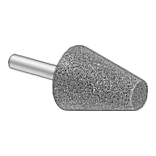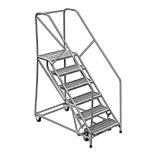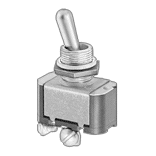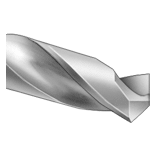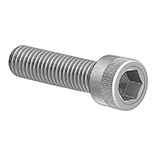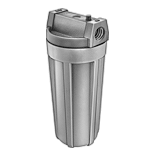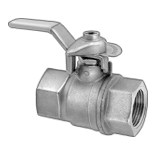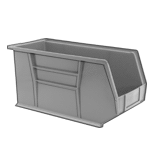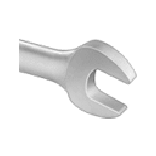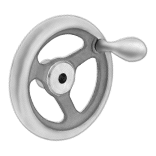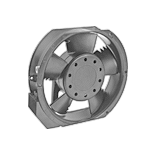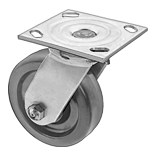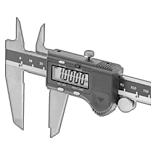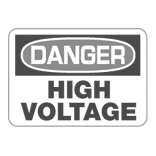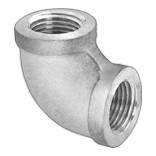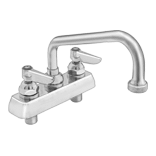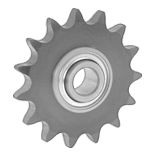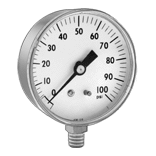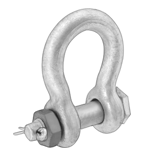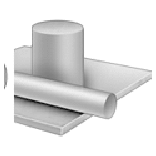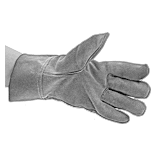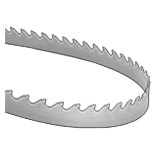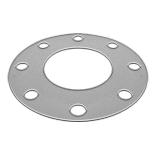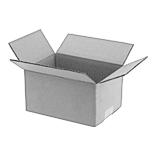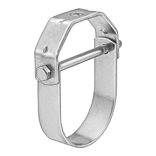About Structural Adhesives
More
About Paint and Protective Coatings
More
Conductive Adhesives for Electronics
An alternative to solder, these flexible, silver-filled adhesives accommodate joint movement. Use them to bond electrical components and repair circuits.
Thermoplastic adhesives are one-part adhesives that don’t need to be mixed. Dry to the touch and faster and easier to apply than two-part adhesives, they’re best for use on automated assembly lines. Often used to join solar cells in solar panels, these adhesives make instant electrical connections without flux at lower temperatures than soldering. Since they attach to solar cells with heat and slight pressure, they limit stress cracks that can form when soldering. These adhesives can also be used as a bridge between multiple solar panels.

| Lg. | Wd. | Thick. | Melting Temp., °F | Max. Temp., °F | Surface Resistivity, ohms-cm | Begins to Harden | Reaches Full Strength | Thermal Conductivity, W/m-K | Consistency | For Joining | Each | |
Strip with Adhesive on One Side | ||||||||||||
|---|---|---|---|---|---|---|---|---|---|---|---|---|
| 12" | 1/16" | 0.002" | 250° | 300° | 1 × 10-4 | 5 sec. | 5 sec. | 12 | Film | Metal | 00000000 | 00000 |
Insulating Adhesives for Electronics
Secure hardware on circuit boards while insulating current.
Thermoplastic adhesives create an instant bond, so they’re the best choice for automated assembly lines. The bond is weaker than that of epoxy and cyanoacrylate adhesives, but it’s sufficient for attaching heat sinks. Since they remain tacky, you can detach and reposition parts.
Adhesives that meet ASTM E595, a standard used by NASA, release almost no volatile emissions that could damage sensitive electronics, even in a vacuum.
Parylene Coatings for Electronics

Protect sensitive electronics at the molecular level—these ultra-thin, ultra-conformal coatings cover every inch of your components for applications where failure isn’t an option. They’ve even been trusted on satellites and medical devices. Use them to insulate current, prevent arcs and short circuits, and shield against moisture, chemicals, and gases. They’re better insulators than epoxy, urethane, and silicone coatings. Deposited as vapor in a vacuum chamber, they’re 90% lighter than spray and dip coatings. That means they’ll keep your items lightweight and won’t damage complex geometries. These coatings meet ASTM E595, a standard used by NASA, so they produce almost no volatile emissions that could damage sensitive electronics, even in a vacuum.
Note: These coatings must be applied using special parylene deposition equipment.
Parylene C coatings are the most widely used. They contain chlorine, so they shield against moisture, chemicals, and corrosive gases better than Parylene N coatings. Plus, they’re stronger and quicker to apply.
Parylene N coatings are better electrical insulators than Parylene C coatings. They also penetrate deeper into crevices on your components for more complete coverage. However, they’re slower to apply.
| Container Net Weight, lbs. | Consistency | Mixing Required | Dielectric Strength, V/mil | Thermal Conductivity, W/m-K | Max. Temp., °F | Melting Temp., °F | Cure Type | Specifications Met | For Use Outdoors | For Use On | Color | Each | |
Parylene C Coatings—Hard | |||||||||||||
|---|---|---|---|---|---|---|---|---|---|---|---|---|---|
| 1 | Film | No | 5,600 | 0.084 | 175° | 550° | Non-Hardening | ASTM E595 | Yes | Aluminum, Brass, Bronze, Copper, Steel, Stainless Steel | White | 00000000 | 0000000 |
Parylene N Coatings—Hard | |||||||||||||
| 1 | Film | No | 7,000 | 0.126 | 140° | 785° | Non-Hardening | ASTM E595 | Yes | Aluminum, Brass, Bronze, Copper, Steel, Stainless Steel | White | 00000000 | 000000 |
